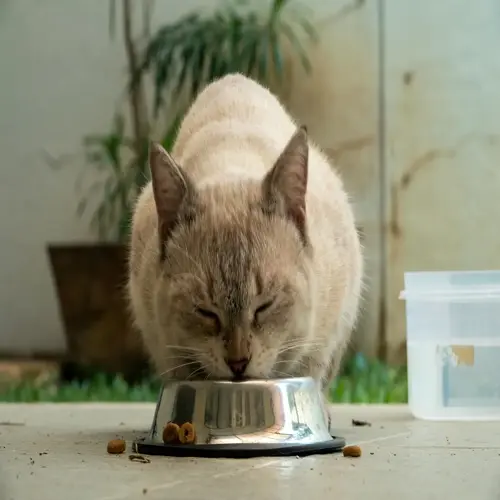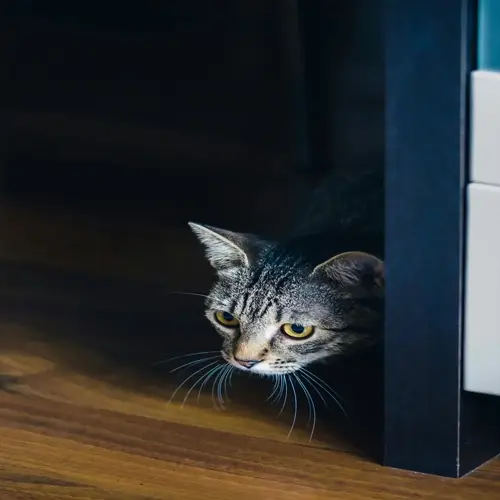Why do cats resist nail trims?

Written by
Hoang Long
Reviewed by
Prof. Edward Clarke, Ph.D.The primary reason cats may resist having their nails trimmed is that the sensitive nerves located in their paws are activated, causing an instinctive withdrawal response. There are numerous dense nerve endings in the paw pads, and any handling may be uncomfortable. Prior negative experiences with handling can lead to ongoing associations with negative experiences caused by tools. Improper restraint can evoke feelings of being trapped, leading to heightened panic responses.
Physiological Factors
- Paw nerve density causes reflex withdrawal
- Claw quick contains pain-sensitive blood vessels
- Arthritis magnifies discomfort during handling
Psychological Triggers
- Negative memories from past painful trims
- Association of clippers with restraint trauma
- Loud noises creating sound sensitivity
Inappropriate restraint techniques create feelings of helplessness. The immobilization of the entire body produces panic instincts. My cat went into a panic when she was wrapped tightly. Minimal restraint should be used, exposing only one paw at a time. The work should be done during the cat's natural sleep periods when it feels secure and relaxed. Avoid stopping them when the signs of stress appear.
Combat reluctance with gradual desensitization and place clippers near their food bowls when feeding. Move toward touching paws while sleeping. Bring in the sounds of clippers from a distance away from the cat. It took three weeks of gradual positive association for my fearful cat to accept handling.
Desensitization Steps
- Daily 2-second paw touches during naps
- Weekly clipper exposure near food bowls
- Monthly mock trims with treat rewards
Positive Reinforcement
- High-value treats within 3 seconds of compliance
- Specific praise phrases like "Good paw"
- Never reward during struggle or fear
Transform trimming into a positive ritual through patience and perseverance. Start sessions with one claw, then release it immediately. Gradually build duration over months. My resistant cat now purrs during trims after consistent training. Your knowledge of feline resistance will produce lifelong paw health.
Read the full article: Cat Nail Trimming: The Ultimate Guide

